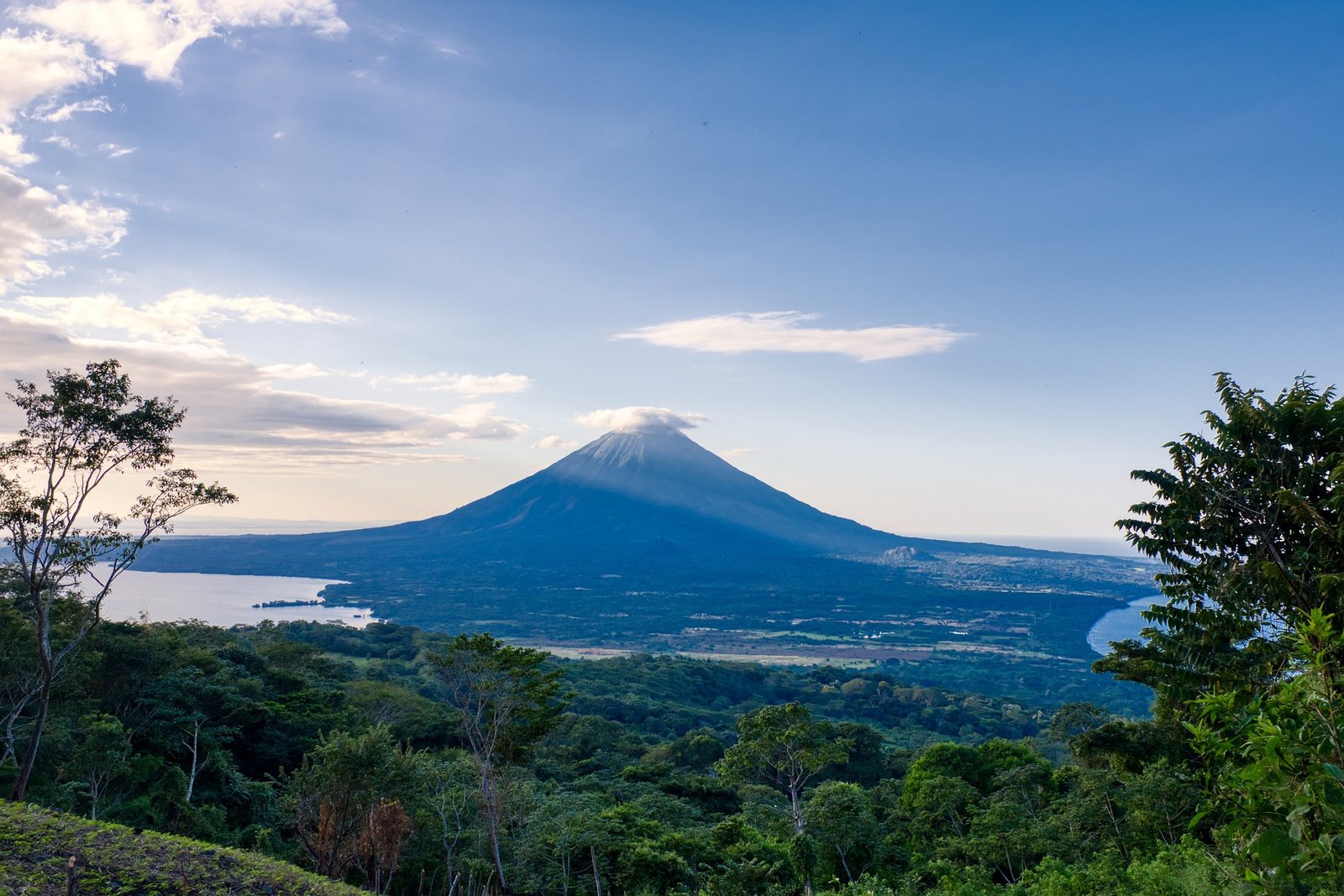
Image by Lukas Jancicka
Start a transformative journey by teaching English in Nicaragua, a country known for its vibrant culture, stunning landscapes, and warm-hearted people. As an English teacher in Nicaragua, you’ll not only have the chance to explore beautiful beaches, lush rainforests, and historic colonial cities, but also make a meaningful impact on the lives of local communities. By providing students with invaluable language skills, you’ll empower them to pursue greater educational and career opportunities, bridging cultural gaps and fostering global connections. Join us in Nicaragua and become a catalyst for change while experiencing the adventure of a lifetime.
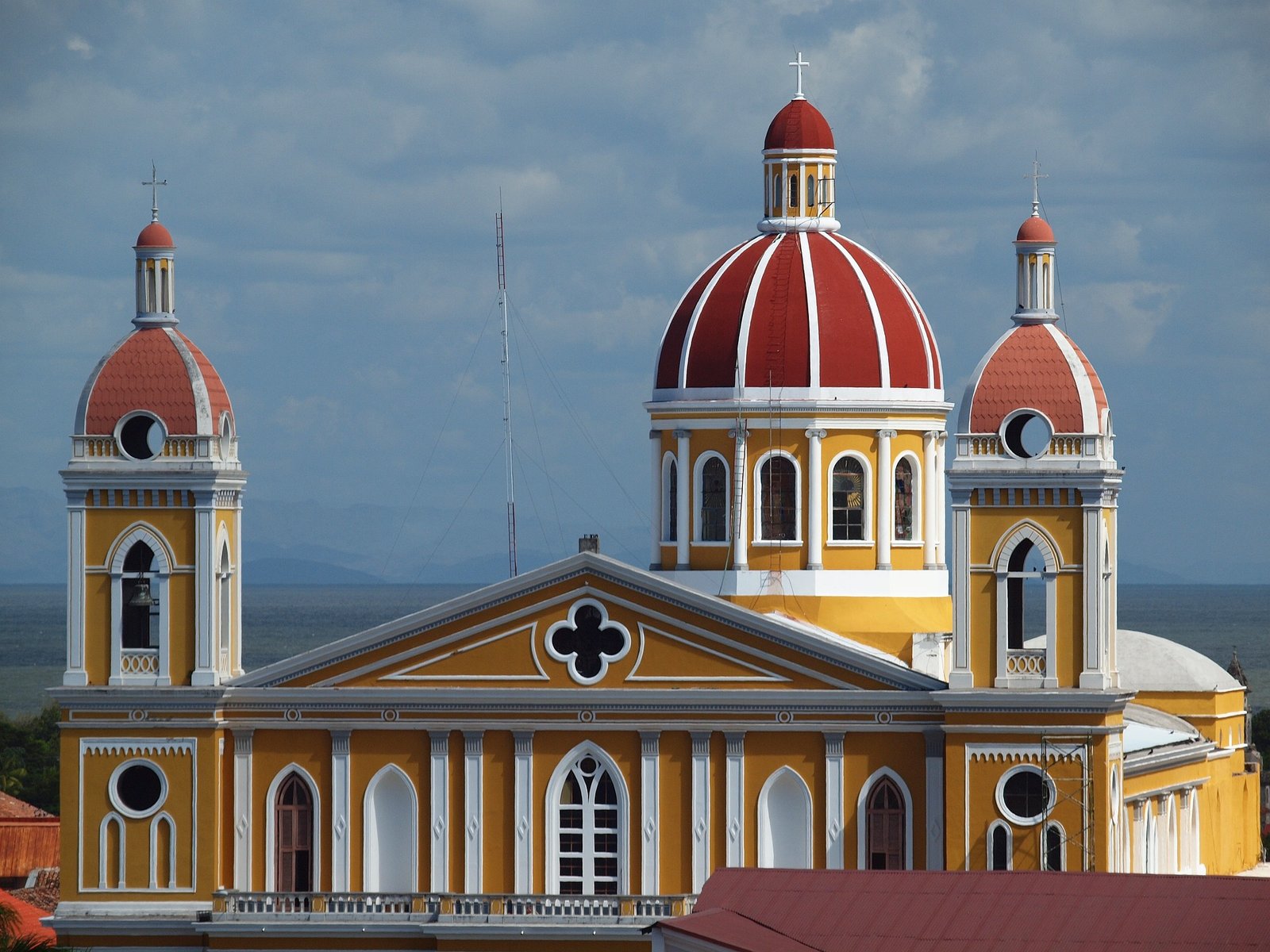
Image by Praesentator
As the capital and largest city of Nicaragua, Managua is the political, economic, and cultural heart of the country. While it has a more modern and urban feel compared to Granada and León, Managua offers its own unique attractions. The city features a mix of historical sites, such as the Old Cathedral of Managua and the National Palace of Culture, alongside bustling markets and modern shopping centers. The recently developed waterfront area, Puerto Salvador Allende, provides a scenic spot for dining and entertainment. Managua’s central location makes it a convenient base for exploring other parts of Nicaragua.
Granada is one of the oldest colonial cities in the Americas, founded in 1524. Known for its well-preserved Spanish colonial architecture, this city is a vibrant blend of history and modernity. Visitors can stroll along cobblestone streets lined with colorful buildings, visit the stunning Granada Cathedral, and explore the lively Central Park. Granada’s location on the shores of Lake Nicaragua offers opportunities for boat tours to the nearby islets, while the nearby Mombacho Volcano provides hiking adventures with breathtaking views.
León is a cultural and intellectual hub, home to the second-largest university in the country, the National Autonomous University of Nicaragua (UNAN-León). This city boasts a rich history, evident in its numerous churches, museums, and colonial architecture. The León Cathedral, a UNESCO World Heritage site, is the largest cathedral in Central America and a must-see landmark. León is also known for its vibrant arts scene, with murals and galleries showcasing Nicaraguan culture and history. Nearby, visitors can experience the thrill of volcano boarding on Cerro Negro, an active volcano just a short drive from the city.

Image by Praesentator
Explore Colonial Granada: Stroll through the colourful streets, visit the Granada Cathedral, and take a boat tour of the nearby islets on Lake Nicaragua.
Visit León Cathedral: Climb to the rooftop for panoramic views of the city and learn about its historical significance as a UNESCO World Heritage site.
Go Volcano Boarding on Cerro Negro: Experience the thrill of sliding down the slopes of this active volcano near León.
Discover Ometepe Island: Hike up the Concepción and Maderas volcanoes, swim in the crystal-clear waters of Ojo de Agua, and explore the island’s lush landscapes.
Relax on the Beaches of San Juan del Sur: Enjoy the sandy shores, vibrant nightlife, and great surfing opportunities in this popular coastal town.
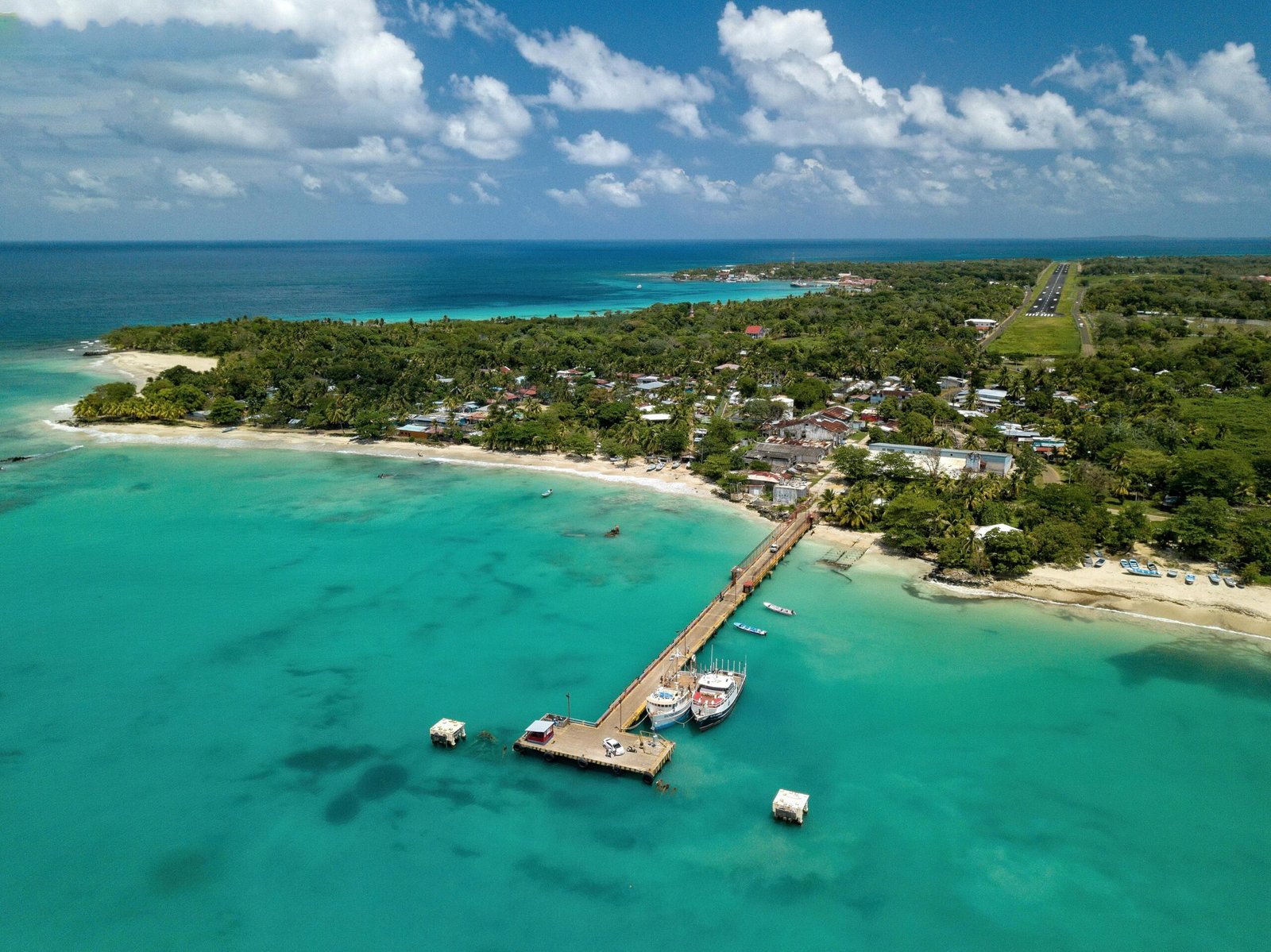 Explore the Corn Islands: Snorkel, dive, and relax on the pristine beaches of Big Corn and Little Corn Islands, located in the Caribbean Sea.
Explore the Corn Islands: Snorkel, dive, and relax on the pristine beaches of Big Corn and Little Corn Islands, located in the Caribbean Sea.
Tour the Masaya Volcano National Park: Peer into the active crater of Masaya Volcano, often referred to as the “Mouth of Hell,” and visit the park’s informative museum.
Wander through the Markets of Masaya: Shop for handmade crafts, textiles, and local goods at the bustling Mercado de Artesanías, and immerse yourself in Nicaraguan culture.
Visit the Somoto Canyon: Embark on an adventure through this stunning natural wonder, where you can hike, swim, and even go tubing or cliff jumping in the picturesque canyon.
Explore the Historical Fortresses of El Castillo: Discover the 17th-century Spanish fortress along the San Juan River, which offers insight into Nicaragua’s colonial history and picturesque views of the surrounding rainforest.
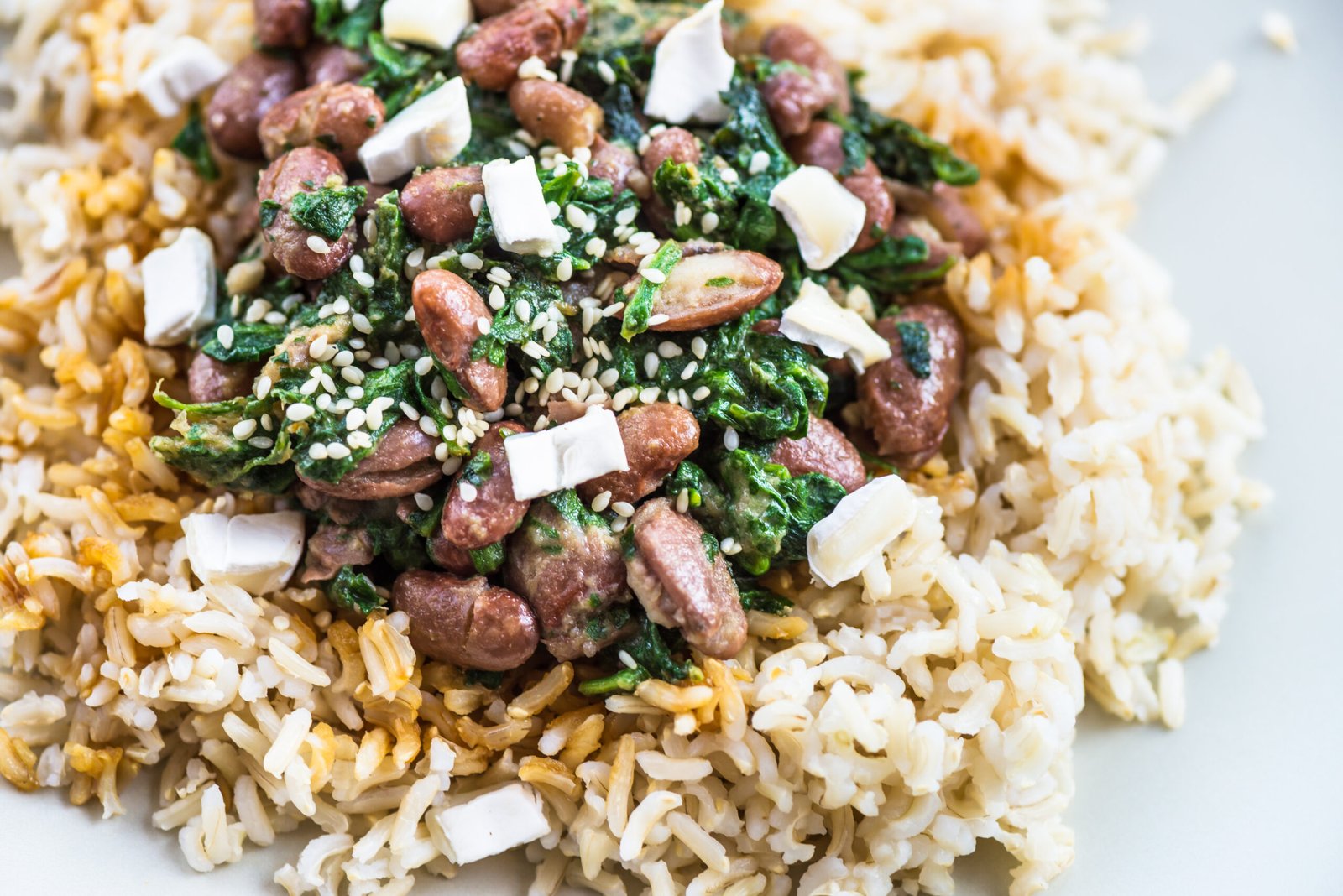 Foods
FoodsGallo Pinto, a staple in Nicaraguan cuisine, is a simple yet flavourful dish made of rice and red or black beans cooked with onions, peppers, and garlic. Often enjoyed at breakfast, it’s typically served with eggs, cheese, plantains, and tortillas.
Nacatamales are traditional Nicaraguan tamales made from corn dough filled with seasoned pork or chicken, rice, potatoes, tomatoes, and olives, wrapped in banana leaves and steamed. These savory parcels are a popular dish for special occasions and weekends.
Vigorón is a traditional street food consisting of boiled yuca (cassava) topped with chicharrón (crispy pork rinds) and a tangy cabbage salad known as “ensalada.” This dish is typically served on a banana leaf, making it a unique and portable meal.
Indio Viejo is a hearty, traditional stew made from shredded beef cooked with corn dough, onions, tomatoes, bell peppers, garlic, and achiote (annatto) for a rich, savory flavor. It’s usually served with rice or tortillas and garnished with mint.
Quesillo is a popular Nicaraguan snack made of a thick, handmade corn tortilla filled with soft, stretchy cheese and topped with pickled onions, a drizzle of sour cream, and a splash of vinegar. It’s often served wrapped in a plastic bag for easy handling and enjoyment on the go.
Nicaragua’s people and culture are a vibrant tapestry woven from indigenous traditions, Spanish colonial influences, and African heritage. This diverse cultural blend is reflected in the nation’s rich customs, music, dance, and festivals, creating a unique and welcoming atmosphere.
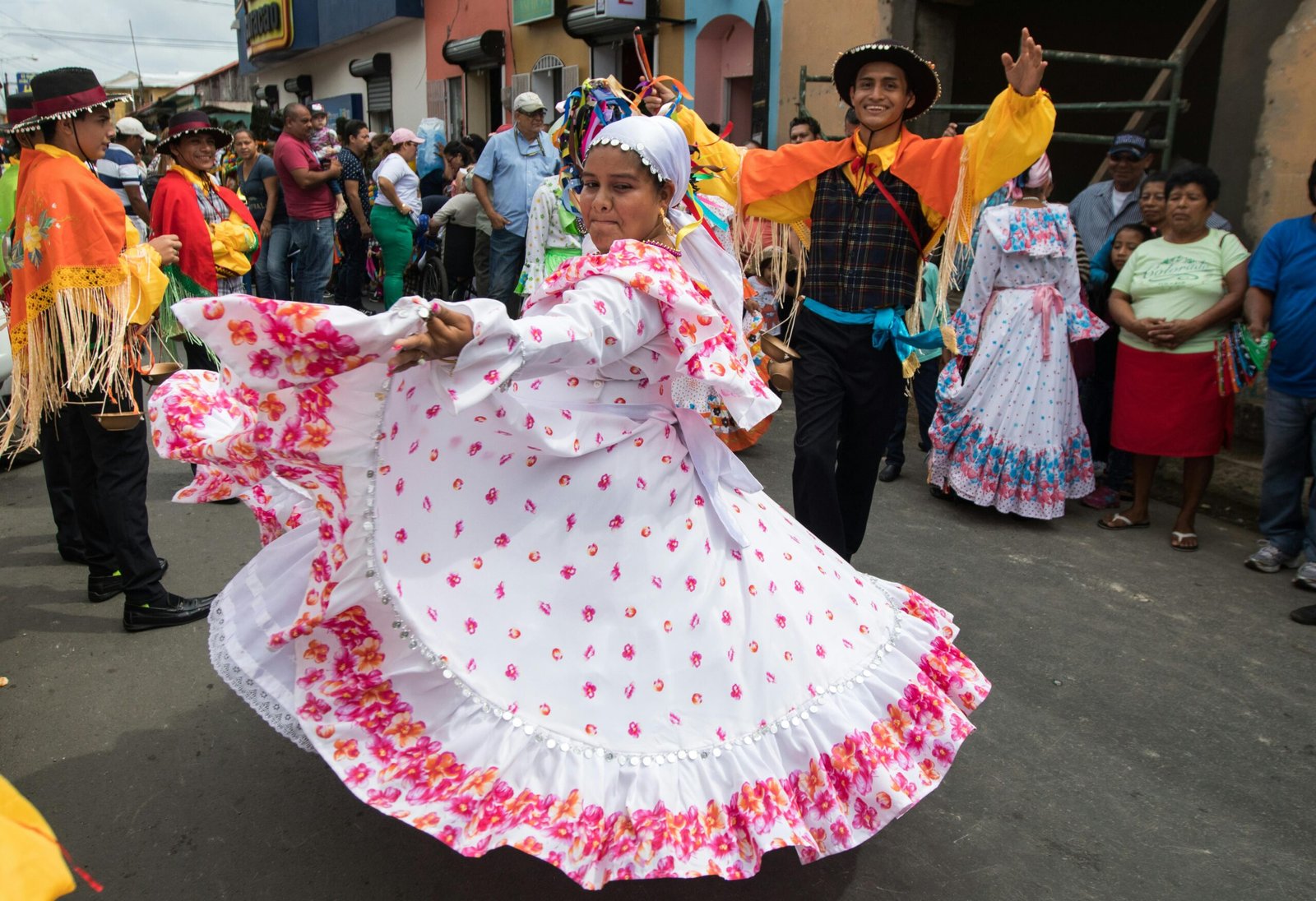
Photo by ROBERTO ZUNIGA
Nicaraguans, known as “Nicas,” are celebrated for their warmth, hospitality, and strong sense of community. Family is central to Nicaraguan life, and gatherings are frequent and filled with laughter, music, and traditional foods. Despite economic challenges, the Nicaraguan spirit remains resilient and optimistic, with a deep-rooted pride in their cultural heritage and a strong connection to their land.
Nicaragua’s culture is a dynamic mix of its indigenous roots and the legacy of Spanish colonization. Indigenous communities, such as the Miskito, Sumo, and Rama, contribute to the cultural mosaic with their languages, crafts, and rituals. The influence of Spanish colonization is evident in the country’s architecture, religion, and festivals, which often blend Catholic traditions with indigenous practices.
Music and dance are integral to Nicaraguan culture. Traditional music genres include marimba, son nica, and palo de mayo, each reflecting different cultural influences. Dance styles like the folkloric “Güegüense” combine satire, drama, and colorful costumes, while “Palo de Mayo” is a lively Afro-Caribbean dance celebrated primarily on the Atlantic Coast. Music and dance are especially prominent during festivals, where communities come together to celebrate with vibrant performances.
Festivals are a cornerstone of Nicaraguan cultural life, with each region boasting its own unique celebrations. The “La Purísima” and “La Gritería” are nationwide events honoring the Virgin Mary, marked by elaborate altars, processions, and joyous street celebrations. The city of Masaya hosts the colorful San Jerónimo festival, which lasts several months and includes parades, traditional dances, and religious ceremonies. These festivals provide a glimpse into the Nicaraguan soul, showcasing the country’s deep religious devotion and love for communal gatherings.
Nicaraguan art and handicrafts are renowned for their vibrant colors and intricate designs. Artisans create beautiful pottery, textiles, and wood carvings, often incorporating indigenous symbols and motifs. The markets of Masaya are famous for their handmade crafts, attracting visitors seeking authentic souvenirs.
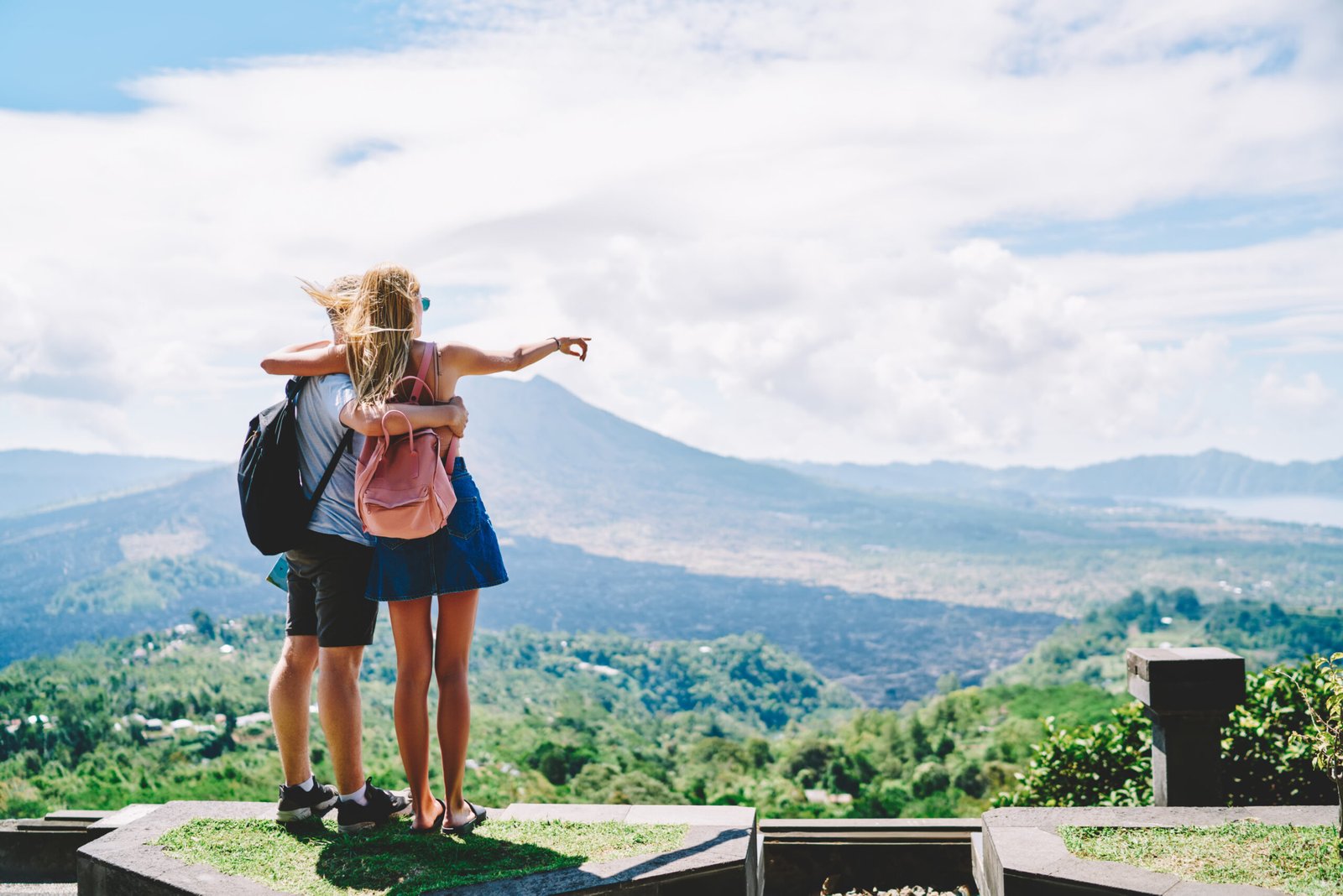 Qualifications
QualificationsAll that is required to teach English in Nicaragua is a TESOL Certification, such as TESOL Australia’s exclusive International TESOL Certificate.
Begin your adventure in Nicaragua, a land of warm-hearted people, rich cultural heritage, and breathtaking landscapes. From the colonial charm of Granada to the vibrant spirit of León and the modern energy of Managua, Nicaragua offers a diverse array of experiences. Engage with the friendly locals, savour unique Nicaraguan cuisine, and immerse yourself in the country’s lively music and dance traditions. Whether you’re exploring majestic volcanoes, relaxing on pristine beaches, or discovering ancient fortresses, Nicaragua promises unforgettable memories and a chance to make a meaningful impact.